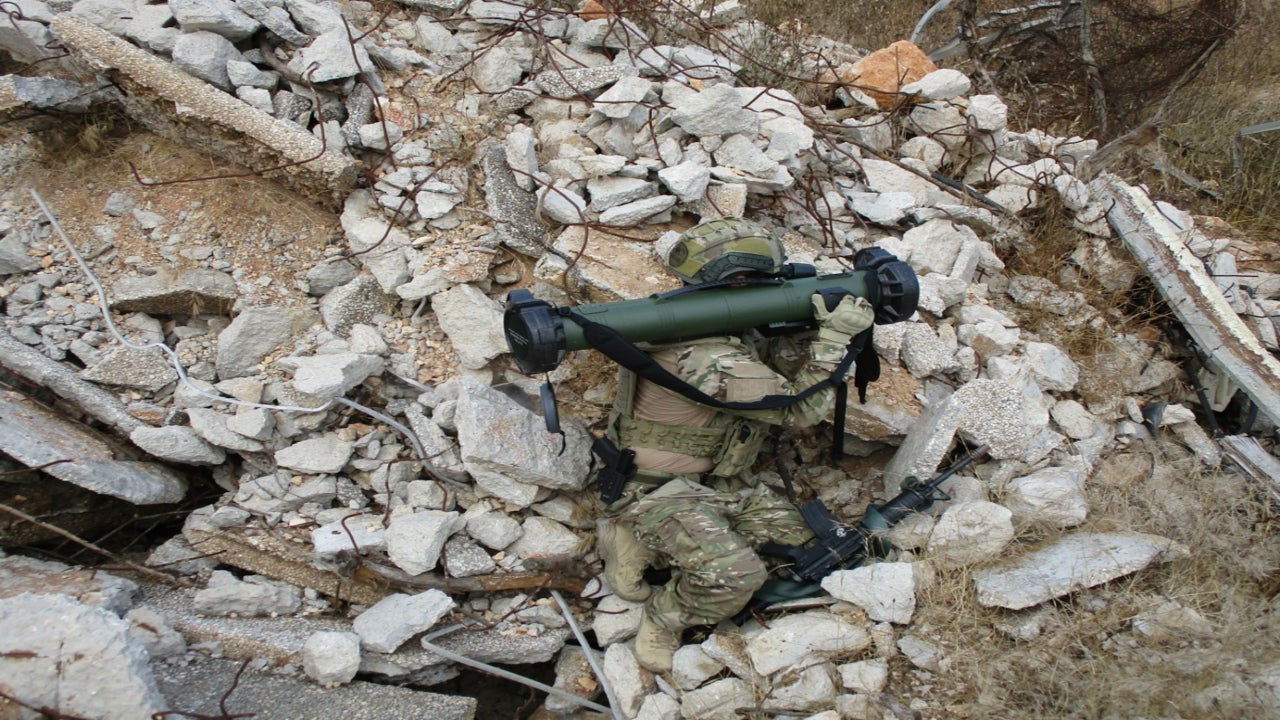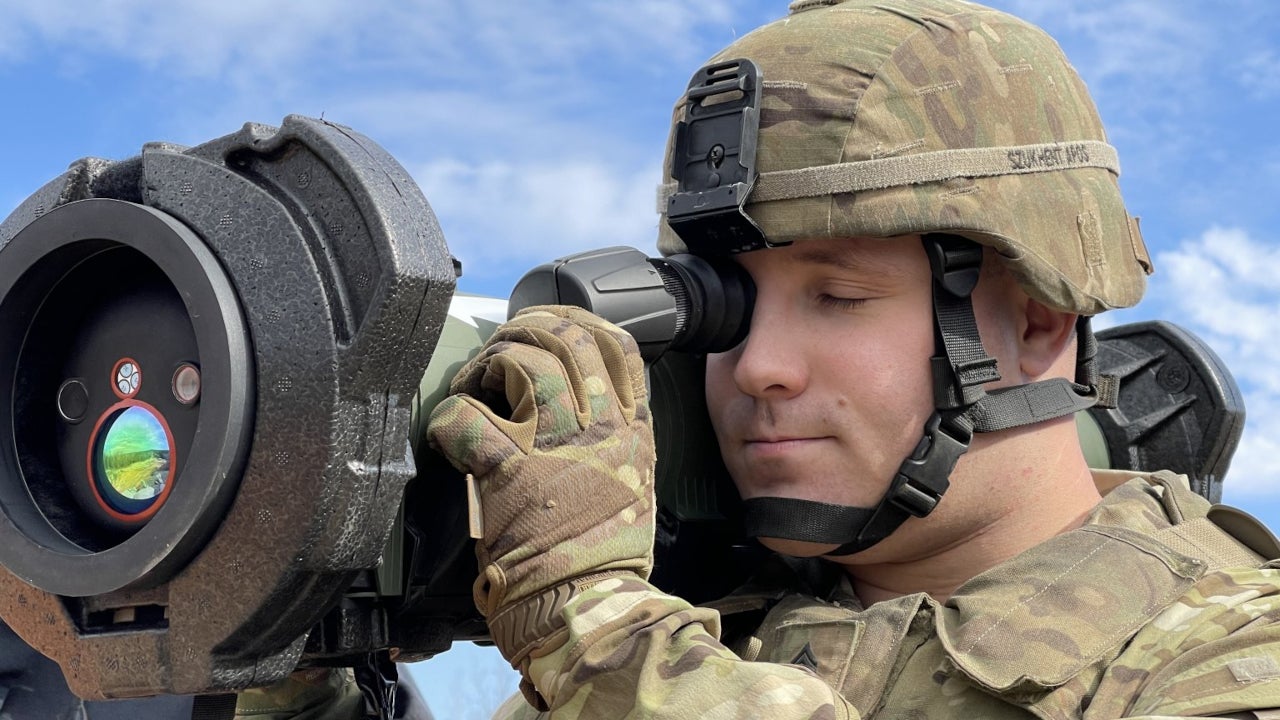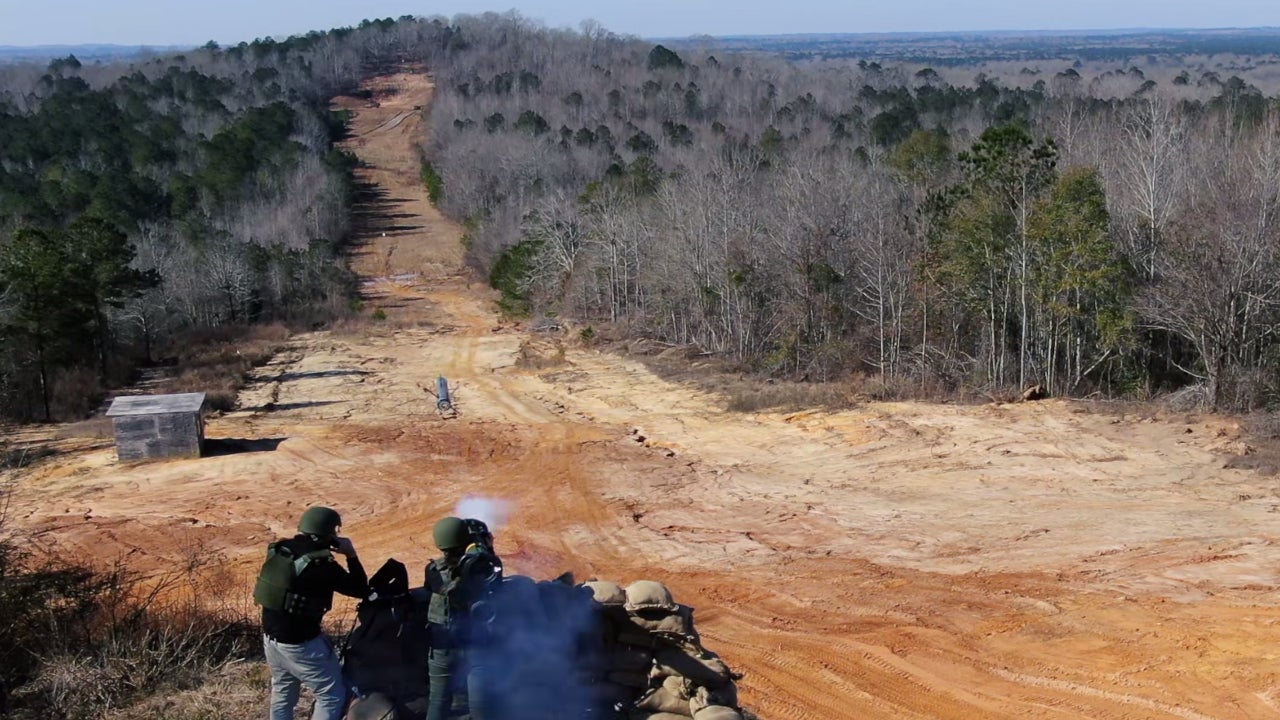Spike SR is a short-range, precision-guided missile system developed by Rafael Advanced Defense Systems, an Israeli defence systems manufacturer, for use as a multi-purpose light infantry weapon. The system can be utilised against modern main battle tanks (MBTs), armoured personal carriers (APCs), bunkers, cannons and artillery systems.
Unveiled in 2016, the user-friendly Spike SR missile system enables lower levels of infantry to quickly qualify and proceed for a high level of operation with minimal training. The first client of the anti-tank missile was an undisclosed military operator from Asia who purchased several hundred missiles in 2016.
Spike SR development
Rafael collaborated with the Poland-based Mesko, a PGZ company, to co-produce Spike SR to fulfil the Polish Army’s Pustelnik requirement in July 2020. Mesko is responsible for the production of missile components. The Pustelnik Programme allowed to choose an anti-tank weapon for Poland’s Territorial Defence Forces (WOT).
In October 2020, the Latvian National Armed Forces installed a state-of-the-art Spike Team Trainer (STT) facility to train the forces to use Spike LR2 and SR missiles received from EuroSpike, a European joint venture of Rafael, Diehl Defence, and Rheinmetall Electronics. The STT system provides fully simulated battlefield training to the gunners and commanders for diverse conditions.
The Estonian Defence Forces fired a Spike SR missile, demonstrating the missile capabilities in November 2020.
The missile system was evaluated by the US Army during a live-fire demonstration as part of the Army Expeditionary Warrior Experiment (AEWE) 2021 in January 2021.
Spike SR anti-tank guided missile system design
Spike SR is a light, compact, man-portable shoulder-fired missile system packed in a 98cm-long single-use disposable launcher or canister. The 9.6kg system has an effective range of 50m to 1500m, which can be enhanced up to 2,000m.
The system takes less than six seconds from power-up to ready state in a variety of operational and environmental conditions and can engage stationary and moving line-of-sight targets.
The missile has a short activation to launch cycle with optimised lethality and its simple operation involves the activation of missile seeker, lock-on tracker on target, fire, and dispose after launch.
Guidance system
The Spike SR anti-tank guided missile utilises state-of-the-art third generation day and night electro-optical seeker technology, including un-cooled imaging infrared (IIR), high-resolution charge couple device (CCD), and optimised tracker, which enables high hit probability against stationary and moving targets in all weather conditions and ranges. The image from the seeker is displayed on a small OLED screen with 4X magnification.
The missile system supports fire and forgot mode of operation, while its advanced tracker allows the operator to efficiently engage fast-moving targets at short range.
Warhead of Spike SR
The Spike SR missile comes with different warhead options for fixed and moving targets. It can carry high-energy anti-tank (HEAT), fragmentation, and anti-structural warheads.
The tandem HEAT warhead with a precursor charge destroys explosive reactive armour (ERA), allowing the main warhead to fully penetrate into rolled homogeneous armour (RHA).
Engine
Designed with an aerodynamic scheme duck, the missile system is equipped with two-mode solid fuel engine. The propulsion system can facilitate a flight speed of 130m/s to 180m/s on marching mode.
Benefits of Rafael’s anti-tank guided missile
Spike SR is a member of Rafael’s Spike family of precision-guided missiles. Designed for multiple ground combat scenarios, the system enhances squad-level soldier lethality with a high level of operational readiness.
The stand-off range of the missile ensures superior force survivability, as it does not require other means of designation, such as laser, allowing the force to remain hidden. The missile system does not require any high-level training, and infrastructure for operation, enabling operational flexibility.
It requires no central command, allowing territorial defence forces to perform decentralised and more dispersed operations.






